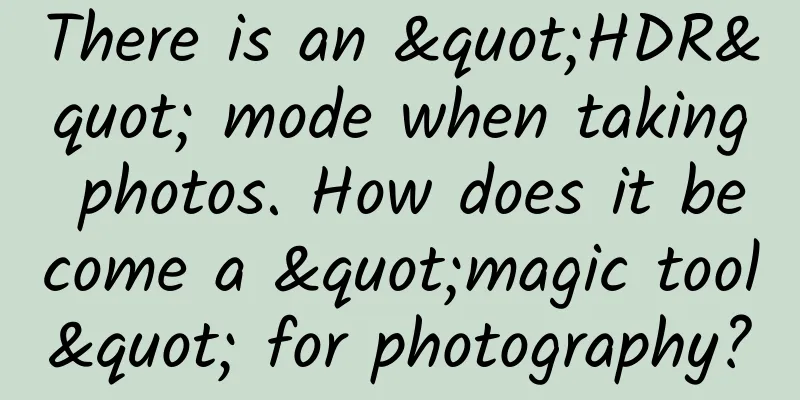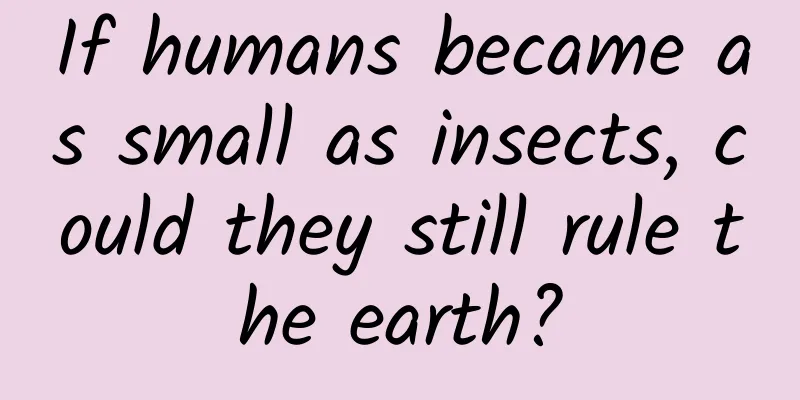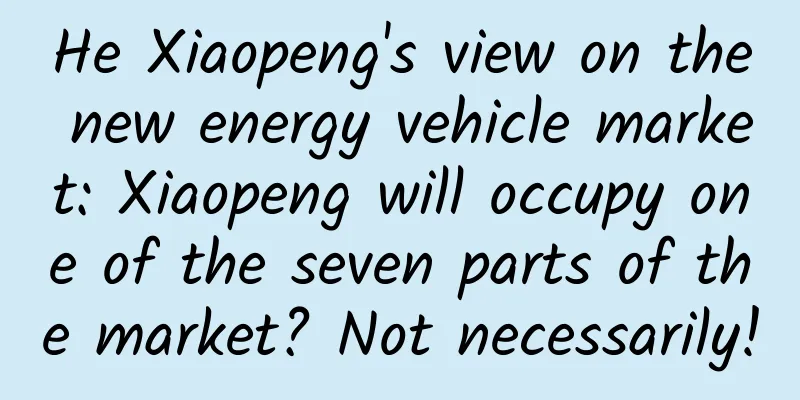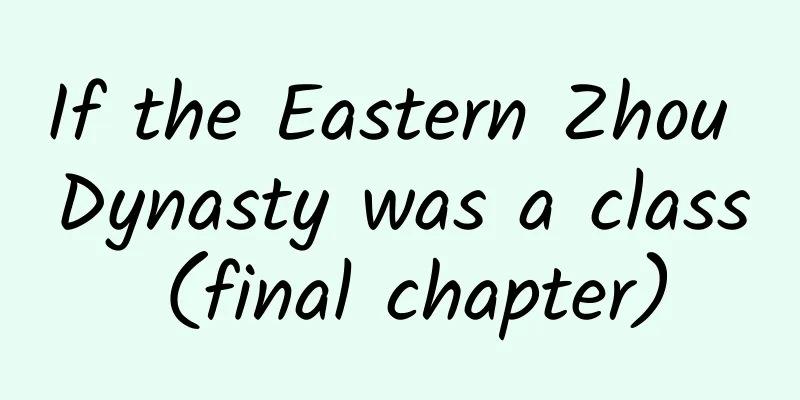How much energy does the fission of 1 gram of uranium produce? Why is the energy so high?
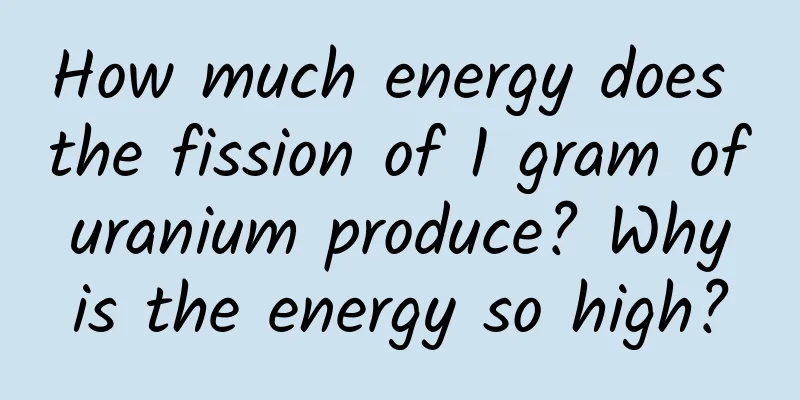
|
The fission of uranium is a physical reaction, which is the process of converting the mass loss of nuclear fission into energy, which strictly conforms to the description of Einstein's mass-energy equation; the combustion of coal is a chemical reaction, which is a violent oxidation reaction in which the substance combines with oxygen at high temperature and emits light and heat. Therefore, these two energies are neither the same thing nor of the same order of magnitude. The mass-energy equation is one of Einstein's great discoveries. Its simple expression is: E=MC^2, where E represents energy in J (joule), M represents mass in kg (kilogram), and C represents the speed of light in m (meter), with a value of 300,000,000 m/s (second). In the nuclear fission process of uranium-235, the mass loss is about 0.09%, that is, about 0.9 mg of 1 gram of mass is converted into energy. How much energy is this? According to the mass-energy equation: 0.001*0.0009*300000000^2=81000000000J. In other words, if all of this 1 gram of uranium-235 undergoes fission, the energy generated is about 81 billion joules. Coal is a mineral, mainly composed of carbon, hydrogen, oxygen, nitrogen, sulfur and phosphorus. The sum of carbon, hydrogen and oxygen accounts for more than 95% of organic matter. The purity of coal in different places is different, and the heat generated is also different. In order to uniformly calculate and examine the consumption status, the country converts the calorific value of various coals into standard coal statistics, and stipulates that the calorific value of 1kg of standard coal is 7000 kcal. 1 kcal is about 4185.85 J, so 1 kg of coal can produce about 29300950 J of energy, and each ton of standard coal can produce 29300950000 J of heat after burning. In this way, we can conclude that the energy produced by the complete fission of 1 gram of uranium-235 is approximately equivalent to the energy produced by the combustion of 2.76 tons of standard coal. How is the uranium-235 fission mass loss obtained? The reaction equation for uranium-235 fission is: 235U+1n=137Ba+97Kr+2n. This equation shows that when a uranium-235 atom absorbs a low-energy neutron, it will fission, generating two atoms of barium-137 and krypton-97, and releasing two neutrons; these two neutrons are absorbed by two uranium-235 atoms, and fission occurs, and each atom releases two neutrons, which are absorbed by four uranium-235 atoms. This chain reaction continues rapidly, and the fission is exponentially amplified, which is the so-called "chain reaction." The total number of protons and neutrons obtained on both sides of this fission reaction is equal, so why does mass loss occur and generate huge energy? This question was answered as early as 1925. British scientist Aston discovered this mass loss phenomenon when conducting a magnetic field deflection experiment. He used a mass spectrometer to accurately measure the mass of the helium nucleus and found that the total mass of the nucleus was not equal to the sum of the masses of the protons and neutrons that constitute the nucleus. There was a mass loss of 5.66*10^-26 grams. Further research found that these mass losses are due to the binding energy in the nucleus, which is a substance that binds protons and neutrons. This binding energy has a certain mass ratio. When the nucleus is split, this binding energy will be released as mass loss. In 1938, scientists discovered experimentally that uranium nuclei would fission when bombarded with neutrons. However, when the masses of the two fragments were added together, the mass loss was smaller than the sum of the mass of the uranium nucleus before fission and the mass of the neutron acting as a "cannonball". The mass loss of a uranium-235 nucleus after fission reached 3.57*10^-25 grams. This is because during the nuclear fission process, the binding energy was lost in the form of mass. The number of atoms in a mole is about 6.02*10^23. The molar mass of different atoms is different. The molar mass of uranium-235 is 235 grams, so there are 2.56*10^21 atoms per gram of uranium-235. In this way, we can conclude that the weight of a uranium-235 atom is about 3.9*10-^22 grams, and the mass loss of each atom is about 3.57*10^-25 grams. A simple calculation shows that the mass loss rate is about 0.00091538, which is about 0.09%. One gram of uranium-235 atoms loses about 0.0009 grams, or 0.9 milligrams. Nuclear fission and nuclear fusion cannot achieve perfect mass-energy conversion. Einstein discovered the great mass-energy equation, which means that mass and energy are equivalent and can be converted into each other. If mass can be completely converted into energy, a very small mass can generate huge energy. This theory reveals the deeper laws of nature. It turns out that the laws contained in the complex nature are so simple. This law provides the key to open the door to the energy treasure house for mankind. If the mass-energy conversion rate can be improved, more energy can be obtained. Although the mass converted in the nuclear fission process accounts for less than one thousandth, it is already very amazing. If 1 gram of uranium-235 is completely fissioned, the energy generated is approximately equivalent to 19.36 tons of TNT explosives. Therefore, people use this principle to invent atomic bombs and nuclear power generation. However, whether it is a nuclear explosion or a civilian nuclear reactor, it is actually impossible to achieve 100% nuclear fission mass energy conversion. This is because the purity of uranium-235 cannot reach 100%. The purity of uranium-235 for general weapons is required to reach more than 90%, while the purity of uranium-235 for civilian nuclear power generation is only required to reach 5%. In the process of nuclear fission, it is also difficult to achieve complete fission of all uranium atoms, so the fission energy that can be obtained from 1 gram of uranium-235 is only a theoretical value. The Hiroshima atomic bomb "Little Boy" was charged with 90% pure uranium-235 of about 45kg, and the power of the explosion was about 13,000 tons of TNT explosive equivalent. Simple calculations show that it is only equivalent to the mass-energy conversion energy of about 0.7kg of uranium-235 fission. Even so, nuclear fission is powerful enough. The mass-energy conversion rate of nuclear fusion can reach 0.7%, which is 6 to 7 times that of nuclear fission. It is more powerful and is the largest mass-energy conversion method mastered by humans so far. However, both nuclear fusion and nuclear fission can only convert a very small part of the mass into energy. Will there be a more efficient mass-energy conversion method in the future? There is still a long way to go in the development of energy from mass-energy conversion Theoretically, only the annihilation of antimatter can obtain the energy of the entire mass conversion. That is to say, when one part of antimatter and one part of matter collide, they will instantly annihilate and explode into two parts of energy. How much energy is this? Let's simply calculate how much energy can be obtained from 1 gram of antimatter: 0.001*2*300000000^2=1.8*10^14J, which is 180 trillion joules, more than 2,200 times that of nuclear fission, more than 300 times that of nuclear fusion, and more than 6 billion times the capacity of coal combustion. This will be the maximum ultimate energy that can be obtained through mass-energy conversion. However, antimatter is extremely rare and difficult to preserve, so it is very difficult to obtain antimatter energy, and all current attempts are far from worth the effort. So, between the current maximum energy conversion rate of 0.7% in nuclear fusion and the 100% mass-energy conversion rate in antimatter annihilation, there is still a huge blank space of 99.3%. What other ways can we use to obtain greater mass-energy conversion energy? I hope you will be the next person to discover a new energy source with a higher mass-energy conversion rate. I look forward to it. What do you think about this issue? Welcome to discuss, thank you for reading. The copyright of Space-Time Communication is original. Infringement and plagiarism are unethical behavior. Please understand and cooperate. |
<<: Self-portraits in the “Autumn Tiger”: Either arrogant or low-key, I love to go to these cities
>>: [Pearl Science] A Scientific Look at Nano Pearl Powder
Recommend
How much does the Tianhe WeChat food ordering and takeaway app cost per year?
Recently, the epidemic in my hometown has become ...
How to plan and promote an excellent event?
Whether you are doing user operations, new media ...
Android application source code captures global exceptions
Source code introduction This project is a simple...
Attention! WeChat suspends new user registration for personal accounts: resume in early August
Today, there was news online that "WeChat ha...
4 key points of e-commerce product operation
In addition to the North Star Indicator, which is...
This Northeastern dish is super delicious, but it is not recommended, mainly for 3 reasons
There are so many delicious foods in Northeast Ch...
Frozen for ten months without rotting! What is the "technology and hard work" of this kind of lychee?
Science Times reporter Hu Lijuan "If I can e...
Watch the soft girl violently fight against drugs in the trial version of "Bad Guys Must Die TV Edition"
Nowadays, many popular film and television IPs ha...
An inventory of the characteristics of 12 major information flow channels including Tik Tok, Baidu, Momo, etc.!
In 2019, optimizers, have you made good channel l...
Has Huawei HiSilicon Kirin 950, hailed as the new benchmark in the industry, really overtaken Samsung and Qualcomm?
In the environment where Qualcomm Snapdragon 820 ...
WeChat and Alipay: Who has a better chance of winning the future of business?
This Monday, Alipay released Zhaocaibao and began...
Digging the root | Will having intimate relations with an AIDS patient definitely lead to infection? Can you donate blood when HIV is not detected in the blood?
gossip The pathogen of AIDS is HIV (human immunod...
Be careful, this "taro" is poisonous all over!
Experts in this article: Zhao Aili, PhD candidate...
Hydrogen drives the future, South Korea is fully betting on hydrogen fuel technology
Hydrogen fuel cell vehicles use hydrogen as fuel ...


